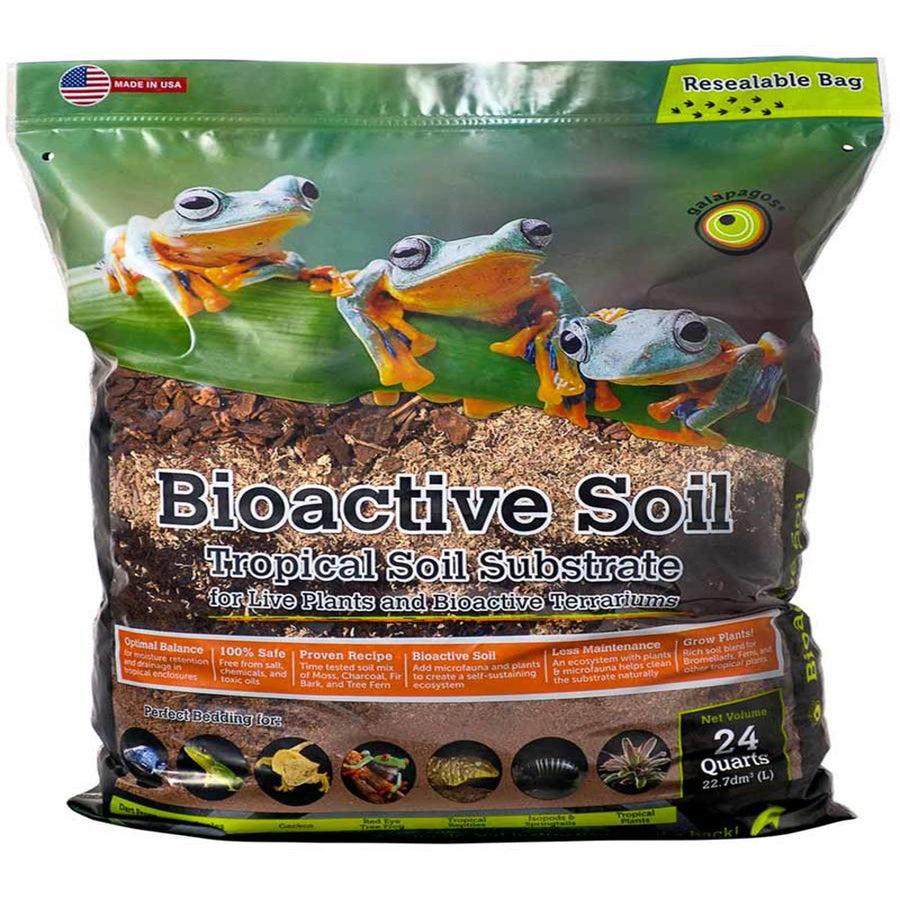NEW REPTILE GUIDE
The Ultimate New Reptile Guide: Everything You Need to Know Before Getting a Reptile
So, you're thinking about getting a reptile as a pet? Whether it's the appeal of their exotic beauty or the excitement of owning a unique companion, reptiles can make fantastic pets—but they require specific care and understanding. In this guide, we’ll walk you through everything you need to know as a new reptile owner, from choosing the right species to setting up the perfect environment and ensuring your pet thrives.

- Choosing the Right Reptile for You
Reptiles come in a variety of shapes, sizes, and temperaments. Before diving into ownership, it's crucial to pick a species that matches your lifestyle, experience, and environment. Here are some beginner-friendly reptiles:
- Leopard Gecko: Small, easy to care for, and friendly. Their nocturnal nature makes them a good fit for those who prefer an evening pet.
- Bearded Dragon: Known for their calm demeanor and unique personalities, they are larger and require a bit more space but are great for new owners.
- Corn Snake: A gentle and manageable snake species, corn snakes are a popular choice for first-time snake owners.
- Crested Gecko: With their climbing abilities and low-maintenance care, crested geckos are another excellent choice.
Each reptile has its own set of needs, so do some research on the specific species before deciding.
- Setting Up the Habitat
One of the most important factors in keeping a reptile healthy and happy is providing a proper habitat. Here's what you need to consider:
- Tank Size: Make sure the enclosure is big enough for your reptile to move around comfortably. For example, a 20-gallon tank might work for a gecko, but a bearded dragon would need something much larger.
- Temperature and Lighting: Reptiles are cold-blooded and rely on external heat sources to regulate their body temperature. You'll need to provide both a basking area with a heat lamp and a cooler area in the tank. Some reptiles, like bearded dragons, also need UVB lighting to help them synthesize Vitamin D3.
- Substrate: The material lining the bottom of your reptile’s tank varies by species. Reptiles like geckos might do well on paper towels or reptile carpet, while snakes may prefer aspen shavings or coconut fiber.
- Humidity: Many reptiles, such as chameleons and tropical geckos, require higher humidity levels. A misting system or regular spray downs can help maintain this.

- Feeding Your Reptile
Reptile diets can be vastly different depending on the species. Some reptiles are carnivores, while others are herbivores or omnivores.
- Carnivores: Snakes and certain lizards eat live or frozen-thawed prey such as mice, crickets, or mealworms. Be sure to know the correct prey size for your reptile.
- Herbivores: Reptiles like iguanas thrive on leafy greens and vegetables. It’s important to provide a well-balanced diet to ensure proper growth and health.
- Omnivores: Bearded dragons, for example, eat a mixture of live insects and leafy greens.
Always research the dietary needs of your specific reptile and avoid overfeeding, as obesity can be an issue in captivity.
- Handling and Interaction
Reptiles are not like dogs or cats; they are not naturally inclined toward human interaction. However, many species, like bearded dragons and leopard geckos, can become accustomed to handling over time. Here’s how to approach it:
- Be Gentle: Always be gentle when handling your reptile. Support their body, and never grab them by the tail as some species, like geckos, may drop it as a defense mechanism.
- Start Slowly: Let your reptile get used to you gradually. Start by placing your hand in the tank and letting them approach you.
- Limit Handling Time: Even tame reptiles can become stressed if handled too much. Limit handling to short sessions, especially in the beginning.
- Common Health Issues
Reptiles, like any pets, can experience health issues. Knowing the signs of common ailments can help you catch them early:
- Metabolic Bone Disease (MBD): This condition is common in reptiles that don’t get enough calcium or UVB light. Symptoms include lethargy, swollen limbs, and difficulty moving.
- Respiratory Infections: Improper temperature or humidity levels can lead to respiratory infections. Signs include wheezing, bubbling around the nostrils, and lack of appetite.
- Shedding Problems: Reptiles shed their skin as they grow. If the humidity levels aren’t right, they may experience incomplete sheds, which can lead to other health issues.
Always consult a vet who specializes in reptiles if you notice any signs of illness.

- Long-Term Commitment
Reptiles can live for many years if cared for properly. Some, like turtles and tortoises, can live for several decades! Before getting a reptile, be sure you are ready for a long-term commitment.
- Lifespan: Bearded dragons can live 10-15 years, leopard geckos 15-20 years, and some tortoises up to 50 years!
- Cost: Beyond the initial setup, reptiles require ongoing costs for food, lighting, and habitat maintenance.
- Veterinary Care: Reptiles can get sick just like other pets, and finding a vet who specializes in reptiles may take some research.
Conclusion
Reptiles are fascinating, rewarding pets, but they require dedicated care, attention, and an understanding of their unique needs. By choosing the right species, creating a proper habitat, feeding them correctly, and being mindful of their health, you can ensure your new reptile companion thrives in their home. Whether you're a seasoned reptile enthusiast or a first-time owner, this guide will set you on the right path to a fulfilling pet-owner experience!
Happy reptile keeping!











